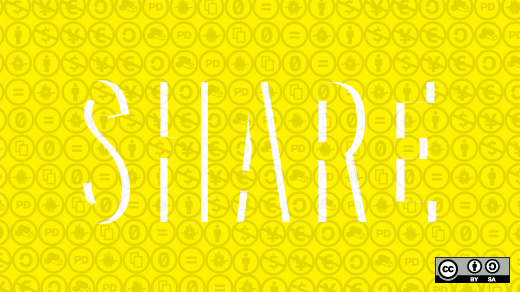It's not news that popular media have undergone significant changes due to participatory digital platforms. We tweet. We connect. We comment. Above all, we share. And the ability to share media has become a need and expectation in networked culture. There are already all sorts of buzzwords swirling around this topic—viral media, memes, prosumers, attention economy, Web 2.0, etc.
Media theorists Henry Jenkins, Sam Ford, and Joshua Green want to add a new term—spreadability. You may be thinking, "Oh come on, do we really need another word for talking about this?" But their book Spreadable Media: Creating Value and Meaning in a Networked Culture will convince you that yes, yes we do.
Because, as they demonstrate, contemporary Web 2.0 rhetoric focuses so heavily on how we share media, that it overlooks something even more important—why we share. According to the book, spreadability "refers to the potential—both technical and cultural—for audiences to share content for their own purposes." A related, more commonly used adjective for media that spreads is viral. Viral marketing, viral video, and viral culture have all become common terms. Another related word, popularized by Malcolm Gladwell's book, The Tipping Point, is sticky. Sticky media draws people in, holds their attention, and inspires sharing. An idea becomes a meme because something about it sticks with people.
It seems we've accept terms like viral and sticky without thinking what they really imply about participatory culture and the value of audiences, the spreaders. Jenkins, Ford, and Green point out that these terms disregard the human agency and decision-making that's involved when one person shares or remixes media. They imply that audiences are passively infected by a media virus or that they are being drawn in and stuck to a media production because they just can’t help themselves. Spreadable Media focuses on the active, participatory and downright essential role that audiences have in shared media experiences. Why is this worthwhile?
As the authors state:
If companies set out thinking they will make media texts that do something to audiences (infect them) rather than for audiences to do something with (spread it), they may delude themselves into thinking they control people.
Typical viral marketing tactics like targeting the influencers and forced viral ad campaigns are short-sighted and many times fail because they don't acknowledge the value and motives of individual sharers. Media producers have to become more comfortable with forfeiting some control over how individuals actively reshape and circulate original texts.
So why do we share, and what is the value? The book explores these questions, employing an extensive compilation of media theorists as sources, classic to contemporary, as well as a wide array of case studies. Subjects include the role of media fandom in how texts are curated, shared and remixed. The value of nostalgia and retro media is also examined, as well as civic and religious media circulation. The authors cover spreadable successes such as the Old Spice Guy ad campaign that engaged and responded to audiences, as well as a host of failures, including AMC’s attempt to shut down Twitter accounts belonging to Mad Men fans posing as characters from the show.
The underlying takeaway is that a media environment that breeds spreadability is one that encourages open participation, collaboration amongst producers and consumers, and the free flow of ideas.




1 Comment